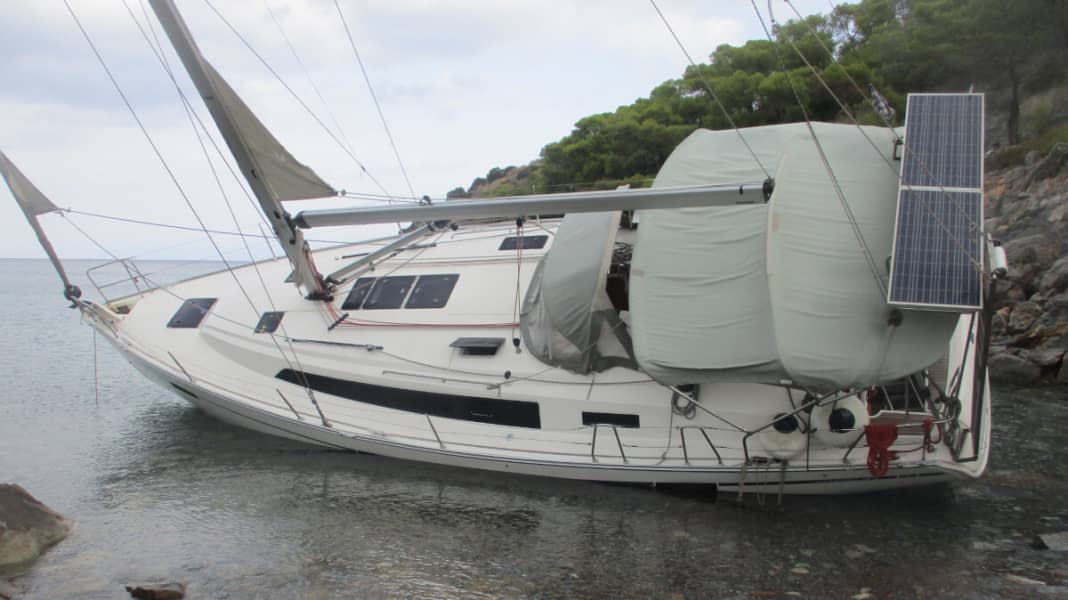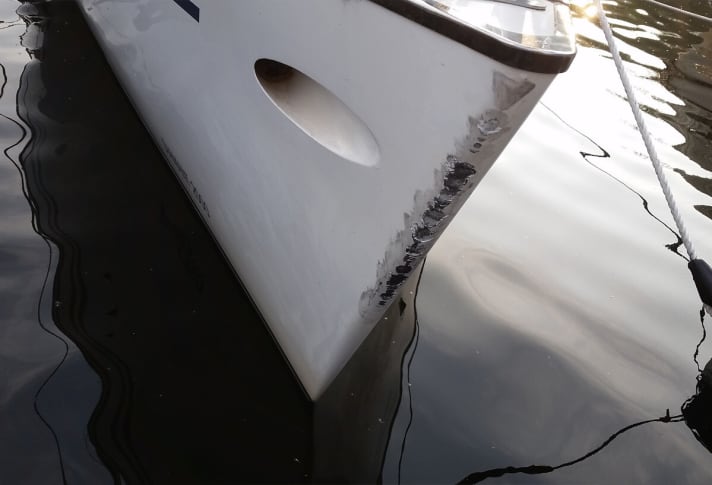The right insurance for the season: Why it's always worth comparing conditions
Pantaenius Yachtversicherungen
· 18.03.2022

Insurance terms and conditions are not necessarily one of your favourite things to read about boats. However, both owners and occasional skippers can run considerable risks if they ignore the small print. But what exactly should you compare? It is best to compare the hull conditions, as boat policies are by far the standard product here. Unlike in the motor vehicle sector, for example, the differences are immense. A comparison based solely on the total amount is therefore difficult. Liability conditions, on the other hand, are standardised by law in many areas. Nevertheless, there are also differences in the exclusions here, for example in skipper liability insurance.
How do you start reviewing the documents? The so-called product information sheet provides an initial point of reference. However, to get a true picture of the insurance content, there is unfortunately no way around the actual terms and conditions. Dirk Hilcken from Pantaenius explains which four points you should pay particular attention to:
- Object of insuranceWhat is insured where and against what?
- ExclusionsWhat is not insured?
- Insured valueWhat amount will be paid out?
- ObligationsWhat obligations does the insured person have?
Object of insurance: Only a boat?
The insurance conditions specify exactly what is covered by the policy. If essential components are missing, such as the engine system, equipment or inventory, owners should carefully consider whether the insurance fits their needs: "In particular, dinghies or trailers permanently attached to the boat should be covered by the insurance. For new boats, special attention should also be paid to the cover for the engine and machinery," explains Hilcken. Anyone who goes fishing or goes on ambitious diving trips should check whether the conditions allow the inclusion of the relevant equipment, as this is not usually automatically included with the boat.

Exclusions: Note details!
"When it comes to exclusions, yacht owners should take a particularly close look," says Hilcken. "For example, wear and tear or normal wear and tear are generally excluded from hull insurance cover. But what about consequential damage?" Dirk Hilcken explains: "If the mast breaks due to a damaged shroud tensioner or poor pressing of the shroud, then the mast breakage is consequential damage. The same applies to a corroded through-hull fitting that causes a motorboat to go aground. Unlike Pantaenius, such consequential damage is not covered by many providers." It is therefore important to check exactly which exclusions apply and to which specific loss events they relate.
Caution is advised if exclusions are formulated in a way that is impractical or if they are so-called rubber clauses that leave a lot of room for interpretation: "If the policy excludes anchoring off the open coast or talks about exclusions relating to initial unseaworthiness, you can hardly assume a smooth settlement in the event of a claim. Only if I can really understand the exclusions and, ideally, if the glossary defines exactly what is meant by them, can I judge whether the conditions are applicable or not."
Insured value: fixed valuation is the trump card
When taking out hull insurance, it is important to understand the different regulations in the insurance conditions in the event of partial damage and total loss of the vessel. Partial damage should be settled in such a way that partial damage is settled without deduction of the current value up to the agreed sum insured.
The term "fixed valuation" is often used in connection with total losses. It suggests: In the event of a total loss, the new value of the ship is paid out. However, only if the fixed valuation is formulated in the conditions as genuine replacement value insurance will the owner actually be reimbursed the sum insured on which he has paid premiums for years - without any deduction for current value.
Obligations: Obligations of the insured person
Anyone who signs an insurance contract commits to certain rules of behaviour in the event of a claim. The two most important of these are the obligation to report claims immediately and to take measures to minimise losses. "Many policyholders fail to report a claim to their insurance company immediately," reports Hilcken. Example: "A customer reports a grounding. The surveyor also discovers damage due to an earlier grounding, which the owner thought was too minor to report. Now we have to work out which damage is old and which is new".
It is not always clear whether damage is serious or how consequential damage can be avoided. This is why Pantaenius always emphasises the importance of contacting the insurance company immediately, "in an emergency via our 24/7 emergency call service, so that we can take action if necessary. However, simply doing nothing is the worst possible decision," says the insurance expert.
As dry as they may be: read the conditions and, if in doubt, ask! This rarely takes more than half an hour and, according to Dirk Hilcken: "After all, you don't buy a boat without having looked under the floorboards."
Further information is available at: www.pantaenius.com/de-de/versicherungen/segelyacht/

